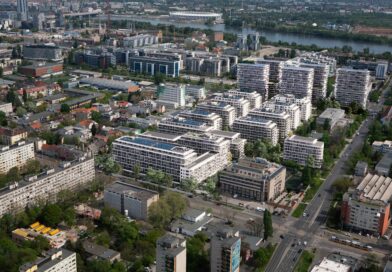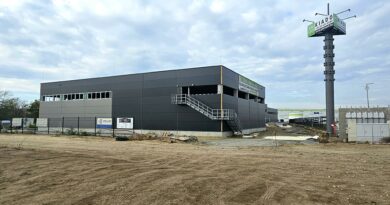CEE & SEE – Multi-Speed Market Recovery
Jones Lang LaSalle presents the latest edition of its quarterly market reports – the CEE & SEE City Reports Q2 2011. In this edition, Jones Lang LaSalle brings you it’s quarterly updates on 7 real estate markets including; Belgrade, Bratislava and Zagreb, as part of their new & extended geographical coverage across the region.
John Duckworth, Managing Director of Jones Lang LaSalle in CEE & SEE comments: “The CEE & SEE markets are fragmented and operate at different speeds. The more mature markets of Warsaw and Prague are experiencing a relatively broad based real estate market recovery, whilst Belgrade and Zagreb are in much different stages of their development. Budapest, Bucharest and Bratislava are all different again, but here we also see tentative signs of recovery across investors, developers and occupiers. The big question for all stakeholders is one of timing. Corporate occupiers will start to feel the advantages of tenant markets erode, whilst landlords, investors and developers are processing a myriad of considerations on the optimal timing for key investment and development decisions that need to be taken over the next 2-3 quarters. All of this needs to be placed in the context of an uncertain economic and financial recovery.”
Kevin Turpin, Head of Research for CEE & SEE highlights: “Development volumes in the region are expected to remain relatively stable over the next 2 to 3 years as landlords focus on filling vacant space in existing buildings. The majority of development, across all sectors, are proceeding on the basis of build-to-suit or a significant pre-lease. Speculative development is however slowly beginning to commence in markets with lower vacancy rates, such as Warsaw, and in specific city submarkets where good quality space is scarce, particularly for larger requirements. Due to supply constraints rental levels across the most of the region have stabilised and are even showing signs of growth in certain markets. However, prime rents in the region remain a fraction of those in Western Europe.”.
„ The recovery of the Hungarian property market is not as spectacular and dynamic as in Poland or the Czech Republic. The high vacancy rate is now on a downwards trend albeit slowly, the decrease is largely attributable to extremely limited new supply rather than improving demand. We expect similar take up volumes to be recorded in the office and industrial markets during 2011 as in 2010, while the registered investment volumes for the first half of 2011 are already higher than their annual levels in 2010. Although there are a lack of office buildings for sale which meet the requirements of institutional investors, we have modified our previous forecasts and according to our current estimations we expect the annual volume of transacted properties to reach EUR 550-600 million by year end 2011.”-adds Ferenc Furulyás, Managing Director of Jones Lang LaSalle Hungary
































